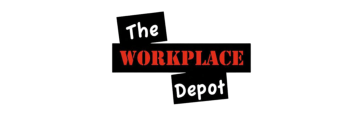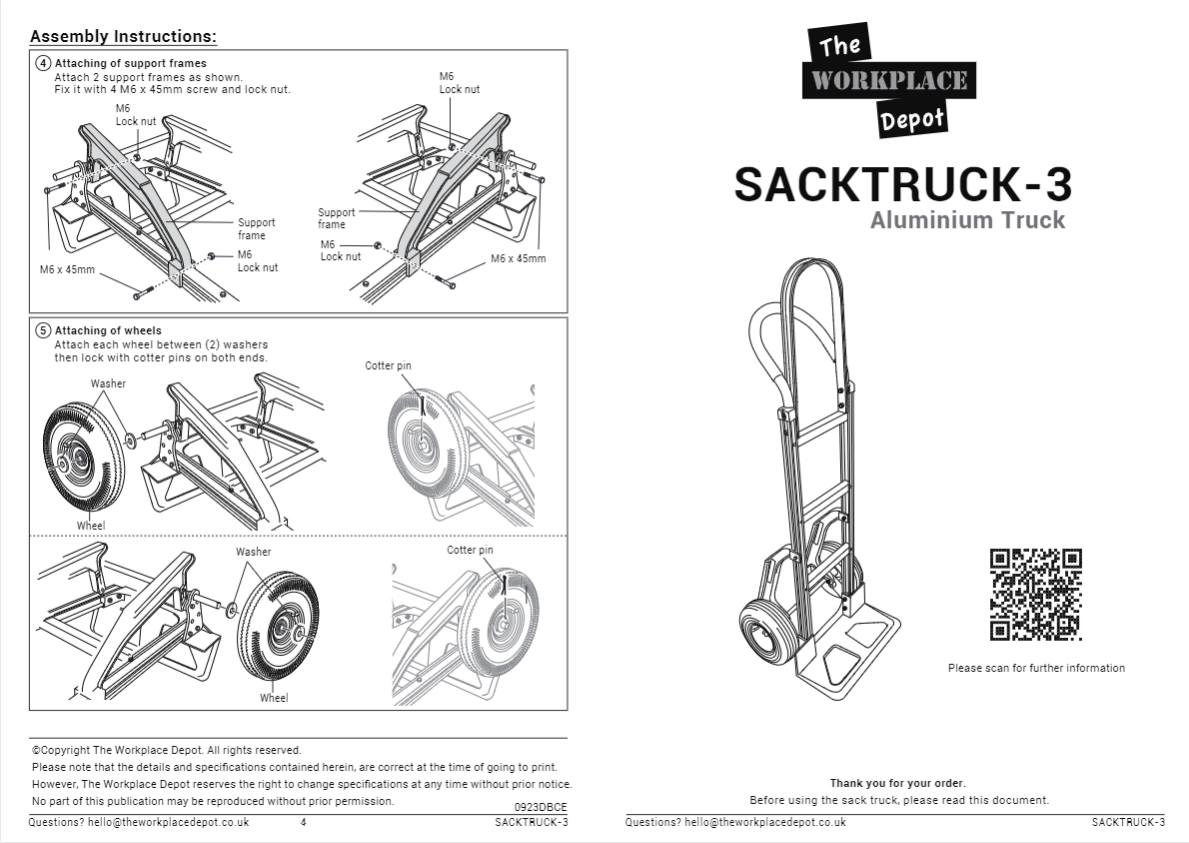How Freelancers Turned a Catalog Business into a Fast-Growing E-Commerce Success
Back in 1991, The Workplace Depot launched its U.K.-based catalog company providing industrial supplies. A few decades later, the business ditched the mailers to operate 100% online.
Shifting fully to e-commerce sped up the company’s growth, but the family-run business knew it could grow faster.
“Artwork is fundamental to the customer experience,” explains David Barnes, the company’s head of marketing. And the company needed more of it.
The business envisioned high-quality product photos, graphics, and videos for every stage of the product life cycle—from the customer’s first research to purchase and assembly.
However, producing all of the necessary artwork was a Herculean task, as the company has over 20,000 products and adds more regularly.
Barnes didn’t have the resources in-house. Hiring employees was difficult, and agencies were too costly. So, they turned to Upwork.
Transitioning from paper to pixels
“We use freelancers through Upwork to create most of our artwork and an increasing amount of marketing material,” says Barnes.
He especially leverages Upwork’s global talent pool. “I can find skilled people within our budget and support our company’s practice of offering work opportunities to upcoming talent worldwide.”
Barnes tried out a few people before building his core team. “I am more than happy with who we have now,” he says. “Once we had them in place, we were able to scale our digitization efforts.”
Instruction manual created by freelancer Clemente Ebonalo
Investing in more digital artwork began paying off almost immediately. “When people watch the videos on our website, it increases dwell time and then leads to a higher conversion to purchase,” shares Barnes. “And our emails are generating more sales revenues than they have in the past.”
Maintaining productivity with a distributed team
Barnes has contracted freelancers from eight countries, spanning four continents. “I can actually be quite productive with my day,” he says. “I speak to them daily, multiple times a day even. The time difference isn’t a problem because there's always an overlap.”
At the time of this writing, his core freelance team consists of:
- Yerzhan Kozhekov, a 3D animator in Kazakhstan, who creates product videos
- Kieran Keys, an email specialist in the U.K., who writes biweekly sales emails
- Clemente Ebonalo, a user manual specialist in the Philippines, who designs product sheets and manuals
- Alexander Bozhenov, a packaging designer in Kazakhstan, who modernizes packaging with QR codes and illustrations
- Stephen Edigbe, a graphic designer in Nigeria, who creates AI-generated images, banner ads, and more
Barnes facilitates efficiency by creating a shared folder for each project in Google Drive. “Employees and freelancers use these folders to drop briefs, designs, and artwork, and to update each other’s progress.
“If I’m not around, they don’t have to wait for me to answer questions and they always know what task to work on next,” continues Barnes. “The process makes freelancers quite self-sufficient in obtaining the information they need to deliver on time.”
Barnes points out, “The efficiency gains from working in different time zones are massive. It's always nice to come back to work in the morning and see their tasks completed.”
Having the best of both worlds: quality and flexibility
For a U.K-based business, contracting global freelancers also enables Barnes to stretch his budget. “The cost savings from contracting talent outside of the U.K. are significant. Hiring a 3D animator through Upwork, for instance, saves us 85% compared to an agency.
“The savings also come from the flexibility in how we work with the freelancers,” adds Barnes. “Because we work on a project basis, we can manage the workflow and, equally, the cash flow.
“Right now, our 3D animator works nearly 35 hours a week creating product videos. He made hundreds within a few months and is fantastic at what he does. But once he’s finished with his project, our needs will drop. So we’ll work with him on a video-by-video basis,” explains Barnes.
Video created by freelancer Yerzhan Kozhekov
Having flexibility in how The Workplace Depot engages talent also improves work quality. “We can pay on performance rather than just on trust,” says Barnes. “If a freelancer doesn’t work out, we can bring on another one. We couldn’t do that with an employee.”
Freelance experts unleash new opportunities
“We’re working with skilled freelancers for most of our customer touchpoints. One writes our blog posts, another manages our email campaigns, and we have one that handles our social media. And we’re always looking at other areas where we can use freelance expertise,” says Barnes.
“We considered using an agency or recruiting someone, but the complexities and commitments that you have to deal with are just off-putting,” Barnes admits. “Whereas with Upwork, we can find someone who’s trustworthy and flexible.”
Barnes believes freelancers will always be a part of the company’s workforce. “I'm a big proponent of Upwork and I share my experiences with former colleagues and like-minded individuals. I’m quick to suggest they explore the platform because it has definitely opened up opportunities and skill sets that we'd otherwise not be able to readily get.”






.png)
.png)
.png)
.png)
.png)



.svg)
.svg)












%201.svg)





